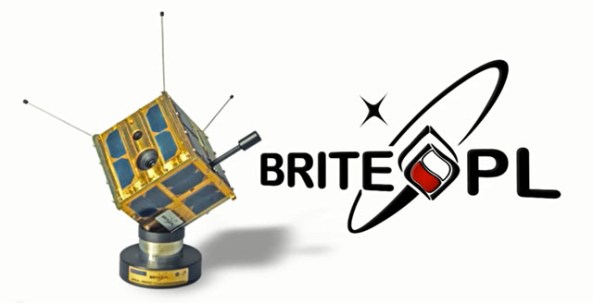 UniBrite (CanX 3A) was launched Monday, February 25, on the same rocket as STRaND-1. It has an amateur radio Morse Code beacon on 145.980 MHz.
UniBrite (CanX 3A) was launched Monday, February 25, on the same rocket as STRaND-1. It has an amateur radio Morse Code beacon on 145.980 MHz.
This report was posted on the AMSAT Bulletin Board by Yasir Osman ST2YM in Khartoum, Sudan.
ST2UOK ground station at the University of Khartoum, Sudan has tracked the
first pass over Africa of AAUSAT-3 , STRaND-1 and UniBRITE after the
launching in 12:25 UTC, a CW signal with high noise heard and expected to
be the beacon of the UniBRITE. As pointed by operators Abubakr, Yasir ,
Mustafa and Hala.
BRITE: World’s Smallest Space Telescopes Launching Monday http://www.amsat-uk.org/?p=13274
Details of other satellites on the same launch http://www.amsat-uk.org/?p=12180




You must be logged in to post a comment.